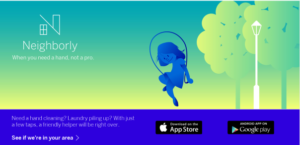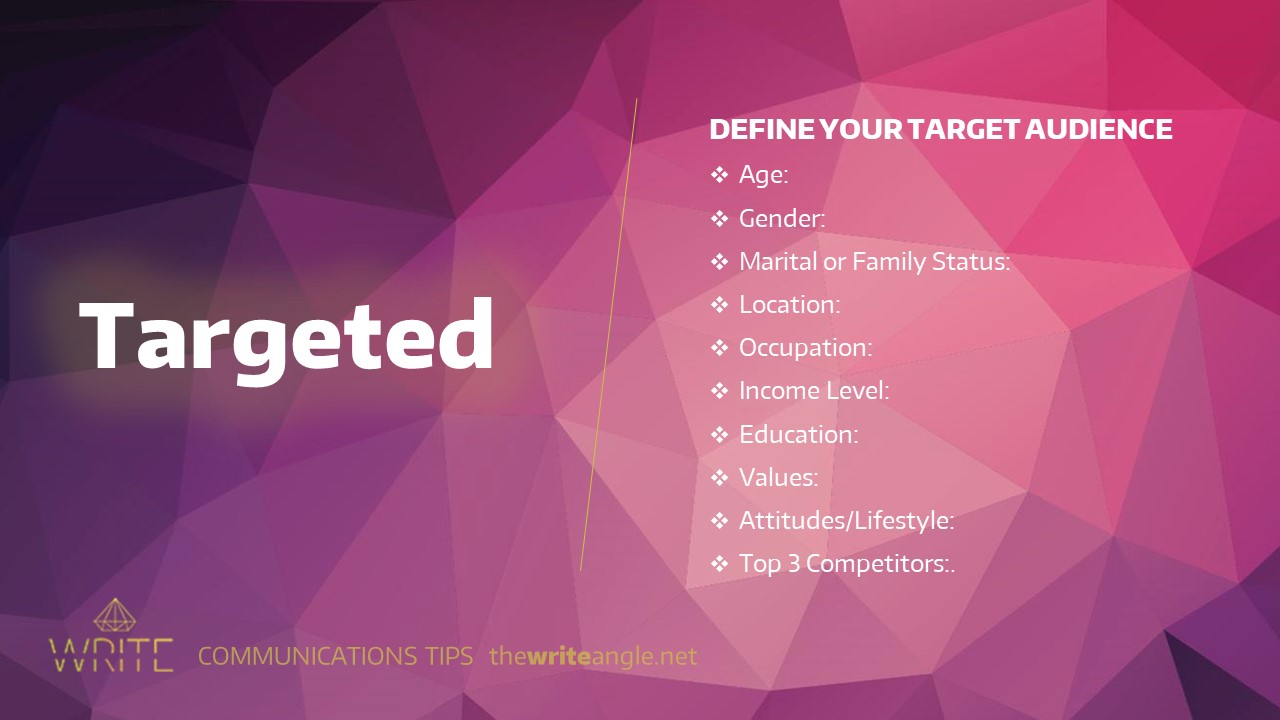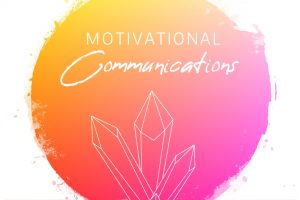Targeted
Originally published on the ZUM Communications blog by Gretchen Musgrove
Reach the right people.
When you launch a marketing campaign, does the concept of target audience seem obvious to you? As in, of course I know who my customers are! Techies. Moms. Real estate firms. These are good starts, but only broad sketches of a useful target audience. You must define your target audience with specific demographics, needs, and problems, so that you can position yourself as the answer. This takes guts. It’s easy to play it safe and generalize your target audience, but in doing so you miss the chance to tell your story directly to the people who care the most. Be picky. It will benefit your bottom line.
[creating buyer profiles]…is well worth the time to develop this expertise. It will improve everything from your product development to your sales, and you’ll see unparalleled returns from your SEO and content marketing investments. –Jayson DeMers, Forbes.com
Focus on who needs your service, wants it, and can afford it.
If you have an outstanding product or service, there is a specific group of people who need it, want it and can afford it. But, before you can reach them, you have to identify them and articulate how you are the answer to their problem. The goal here is to fuel your marketing team with a buyer profile so detailed that potential customers immediately think: Your product is perfect for me.
You want to be the right choice for your target customer … not just an option.
Defining your target market doesn’t limit you – it helps you connect with your ideal customers. These are the folks who’ll buy from you with confidence and influence broader markets over time. You’ll be on their personal ‘Best of’ list. To achieve this, you must address them directly in your marketing efforts.
Wait! Do I really want to leave people out? Yes.
This process helps you establish the foundation of targeted marketing efforts, funneling the right people – not everyone – your way. You want your message to land like a lightning bolt – honest, specific, and motivating. Not watered down. And, your marketing team will love you for this level of specificity.
To define your target audience, you need clarity about:
-
The problem your product or service solves
-
The people who benefit most
See it in action – an example of target audience in high definition:

Neighborly. When you need a hand, not a pro. Need a hand cleaning? Laundry piling up? With just a few taps, a friendly helper will be right over.
This value proposition is clear and concise.
The problem they solve: Lack of a reliable, friendly, and convenient resource for getting basic and immediate help around the house.
The people who benefit most: Women and housewives … initially, but you can see how Neighborly could easily appeal to men, also. Neighborly has chosen to target housewives with specific needs like help with laundry and housecleaning. That’s the big problem they identified, and they’re calling it out.
Ready to define your target audience? Answer 10 key questions:
What problem are you solving? Who will benefit the most? What makes your solution unique? What makes you different from the competition? Then, create a buyer profile that will serve as an example of your ideal customer:
- Age:
- Gender:
- Marital or Family Status:
- Location:
- Occupation:
- Income Level:
- Education:
- Values:
- Attitudes/Lifestyle:
- Top 3 Competitors:
Now you have a guide to reaching the right people! This information will serve as the blueprint for your market positioning, messaging, advertising placement, and content marketing. Be sure to share this information with your organization. When it comes to your target audience, everyone should be on the same page.












